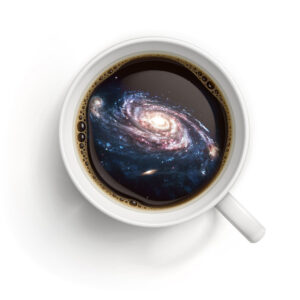- Passer à la navigation principale
- Passer au contenu principal
- Passer à la barre latérale principale
- Passer au pied de page


- Cet évènement est passé.
Café-Club, Jorge VILLA-VÉLEZ: « Molecular hydrogen (H2) emission as a tracer of dissipation in the extragalactic ISM ».
25 janvier 2023 à 11h00 - 12h00

Jorge VILLA-VÉLEZ (École Normale Supérieure, Paris): « Molecular hydrogen (H2) emission as a tracer of dissipation in the extragalactic ISM« .
You can find the schedule of upcoming café-clubs and the video of old ones at http://wiki.lam.fr/geco/CafeClub
Take care,
Carlo, Meriam, Mathilde
—————-
ABSTRACT
Shocks are ubiquitous in the interstellar medium (ISM) as a result of a variety of astrophysical phenomena such as outflows, supernovae, jets, accretion among others. The perturbations created by these phenomena traverse the ISM, disturbing and changing the thermal, chemical, and physical characteristics of the environment. Therefore, understanding the underlying physics of shocks provides us with a powerful tool to study how energy is dissipated in extragalactic sources by shocks. In this talk, I will present an ongoing research project focused on the interpretation of H2 molecular emission (e.g., pure rotational and rovibrational transitions) in radiogalaxies observed with the Spitzer IR Spectrograph and VLT/SINFONI imaging spectroscopy assuming the emission is produced by ensembles of shocks inside the observation beam. I will show the current status of the Paris-Durham shock code, a brief introduction on how users can make use of this powerful tool to interpret emission in galactic and extragalactic environments, and some future James Webb Space Telescope (JWST) applications. The impact of this study opens a door to understanding energy dissipation in extragalactic sources produced by ensembles of shocks.



